Se encuentra por primera vez para Colombia una especie de orquídea exclusiva de Costa Rica
El investigador Oscar Pérez junto con el voluntario aléman de intercambio, Vincent Buss, durante una salida realizada en el marco del proyecto «Inventario de Orquídeas de un Relicto de Bosque de Niebla del Corregimiento de Dapa, Yumbo» encontraron a Telipogon lankesteri, una especie de orquídea reportada hasta la fecha como endémica de Costa Rica. Este hallazgo es una contribución más al conocimiento de la orquídeoflora de Dapa y el país, y a su vez posiciona una vez más a nuestros bosques de niebla como uno de los más biodiversos de la región. Este inventario florístico, donde se descubrio esta especie de orquídea, fue financiado por la Fundación Ambiental DapaViva.
Nueva orquídeas descubiertas en Dapa: Pequeñas maravillas descubiertas por científicos colombianos
Orquídeas de Dapa
 La familia Orchidaceae Juss. es uno de los taxones más diversos y complejos en el mundo, con cerca de 24629 especies y 950 géneros (Hassler, 2001). A su vez, Colombia
La familia Orchidaceae Juss. es uno de los taxones más diversos y complejos en el mundo, con cerca de 24629 especies y 950 géneros (Hassler, 2001). A su vez, Colombia
se constituye como uno de los países más ricos en especies de este taxón, con
aproximadamente 4000 especies y 232 géneros (Ortiz comunicación personal, 2008).
Desafortunadamente, fenómenos antrópicos tales como la deforestación, ampliación
de la frontera agrícola y establecimiento de cultivos proscritos, entre otros, han
contribuido de manera significativa a la transformación de los hábitats naturales del
país, a tal punto que las asociaciones vegetales e incluso ecosistemas completos se
encuentran amenazados de desaparición. Se estima que al menos un tercio de la
superficie del país, la cobertura original ha sido completamente transformada.De acuerdo con la riqueza de especies y su abundancia estimada, el relicto
de bosque de niebla en Dapa es un ecosistema con una alta diversidad de especies y
que alberga un importante número de especies endémicas de Orchidaceae para el
país. Desafortunadamente, dicho ecosistema es a su vez muy frágil a cualquier tipo de
perturbación, al cual se encuentra expuesto constantemente debido a la presión que la
civilización ejerce sobre este.
Durante la realización del inventario, se observo que los
tipos de perturbación mas comunes son la tala de arboles y arbustos que habitan en los
linderos e interior del bosque y el saqueo de la capa de materia orgánica que cubre el
suelo (o capote), y de especies vegetales con valor económico como ornamentales o las
utilizadas como materia prima para elaboración de artesanías. Estos fenómenos tienen
un gran impacto negativo, directo sobre las poblaciones de las especies de
Orchidaceae, ya que estos modifican o destruyen totalmente su habitat y afectan a su
vez a los otros componentes del ecosistema con los que ella interactúa.
Por estas razones, en necesario comenzar a formular estrategias de conservación a
corto, mediano y largo plazo de manera inminente, para poder asegurar la continuidad
de las especies de Orchidaceae y demás taxones que allí habitan. Dichas medidas
deben incluir jornadas de concienciación ambiental dirigidas a la comunidad asociada
al ecosistema amenazado, reforestación de las zonas circundantes al relicto y
protección del mismo por parte de la comunidad aledaña a este. Es importante dedicar
especial atención a aquellas especies de orquídeas que por el tamaño y los colores de
sus flores hacen que sean muy apetecidas por los extractores ilegales o «materos», así
como también a aquellas que crecen en los limites de los relictos, ya que están se
encuentran aun más expuestas a los efectos de borde que finalmente terminan
extinguiendo las poblaciones que allí habitan.

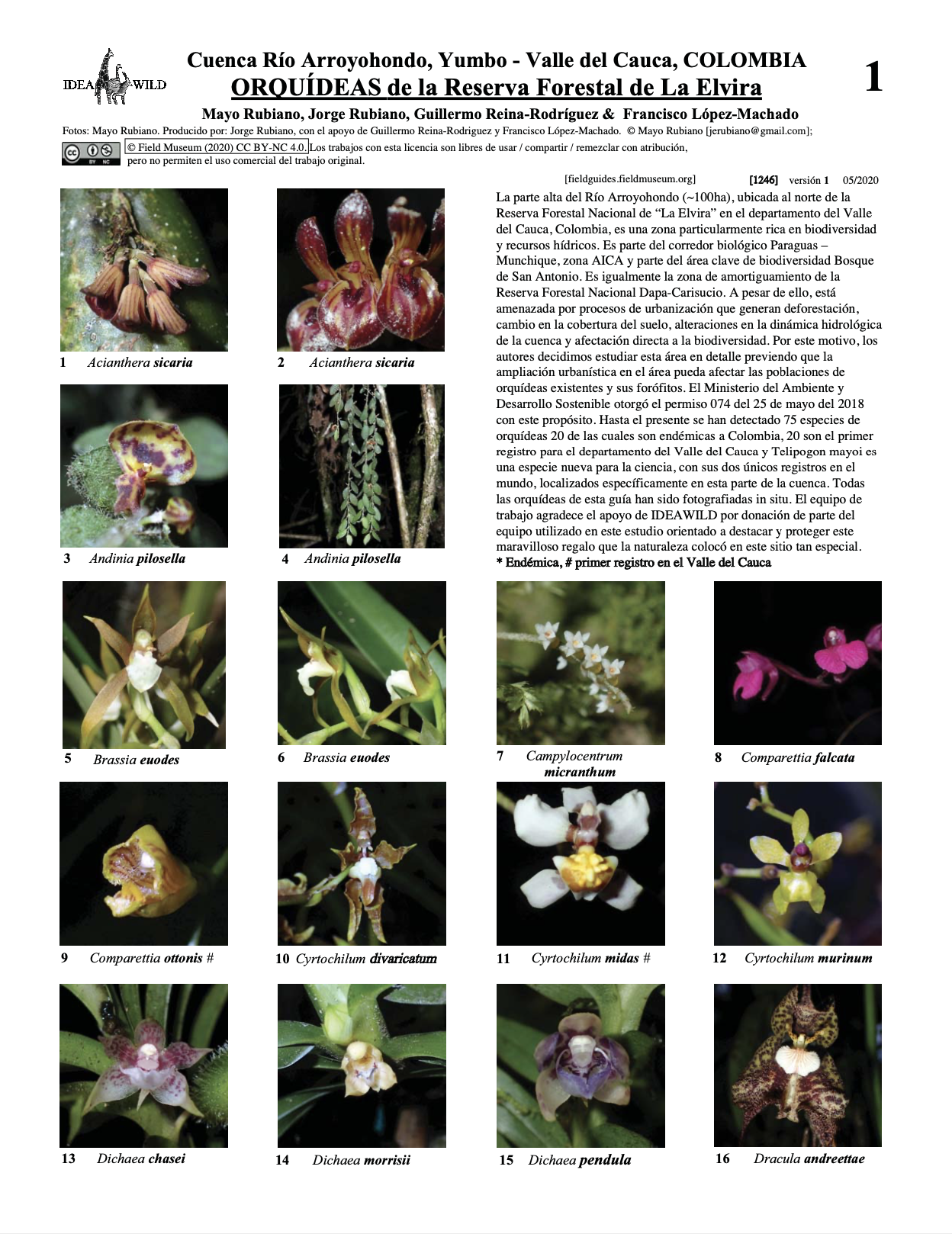
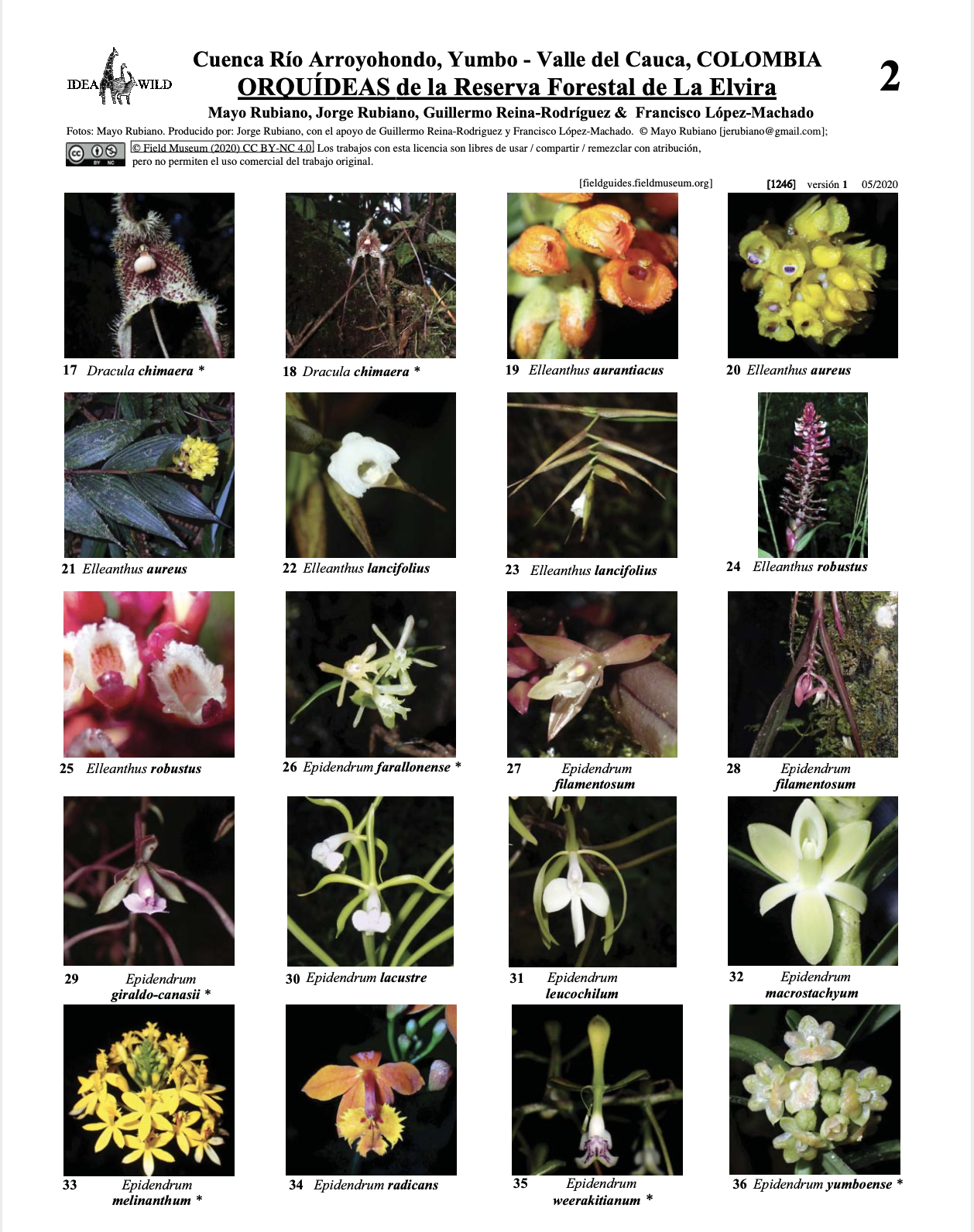
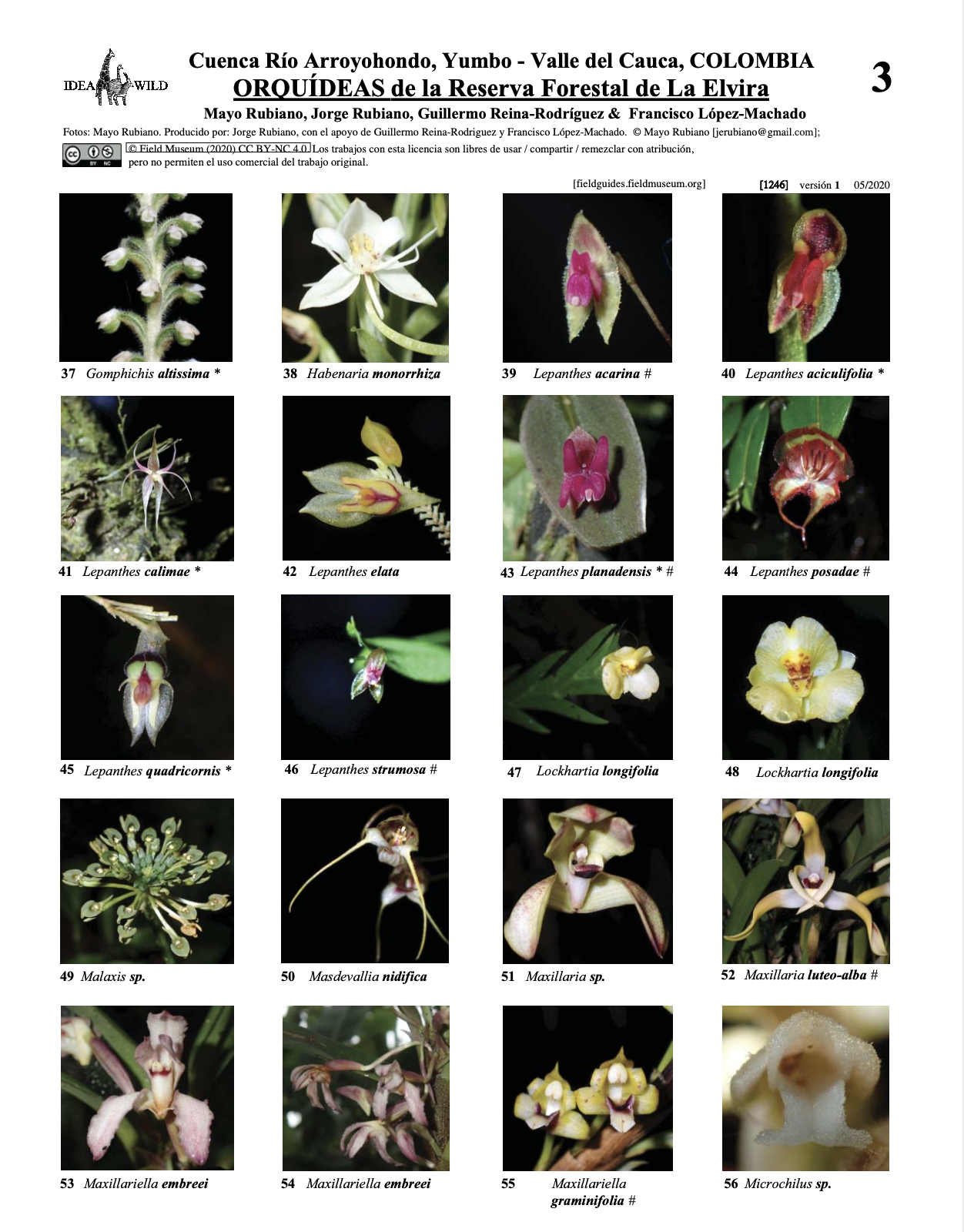
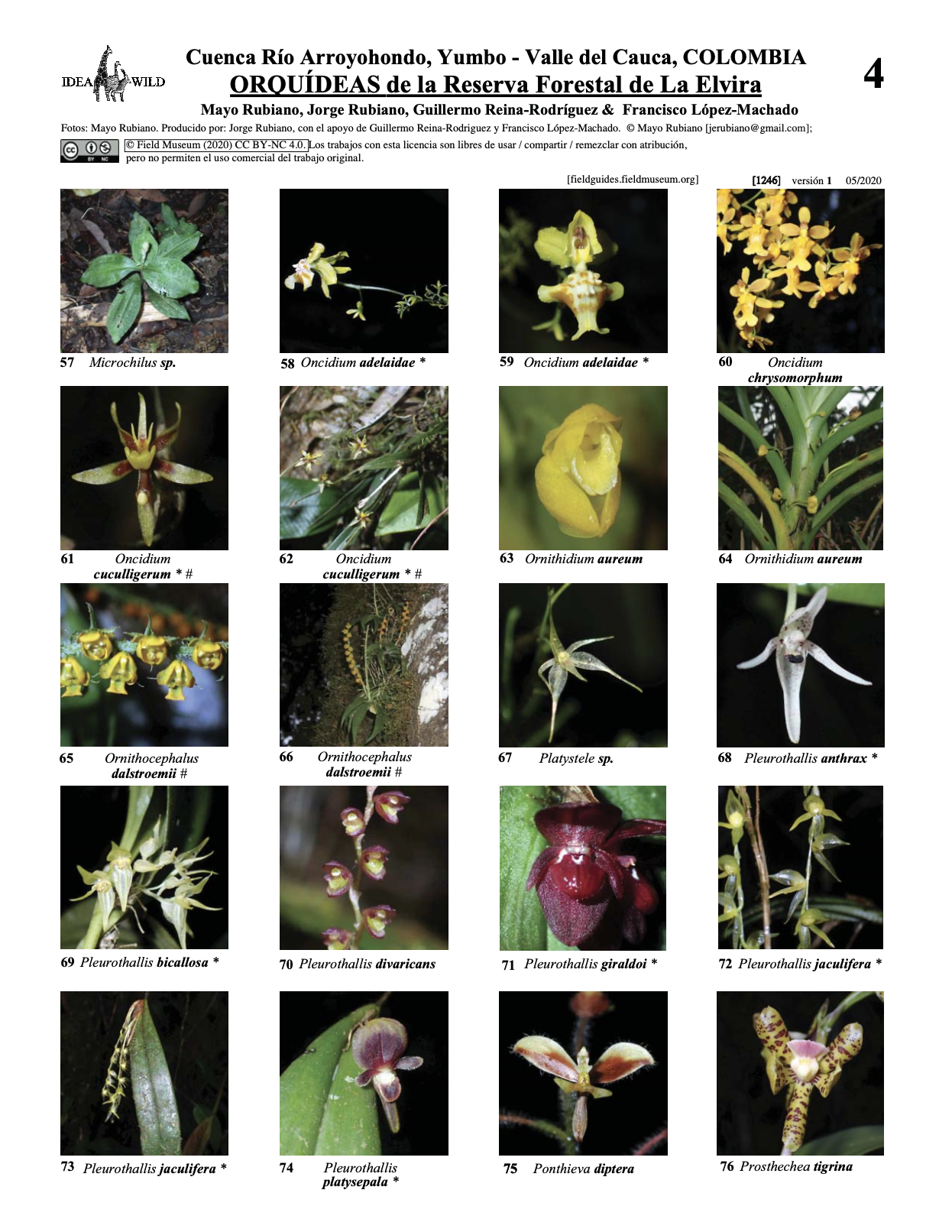
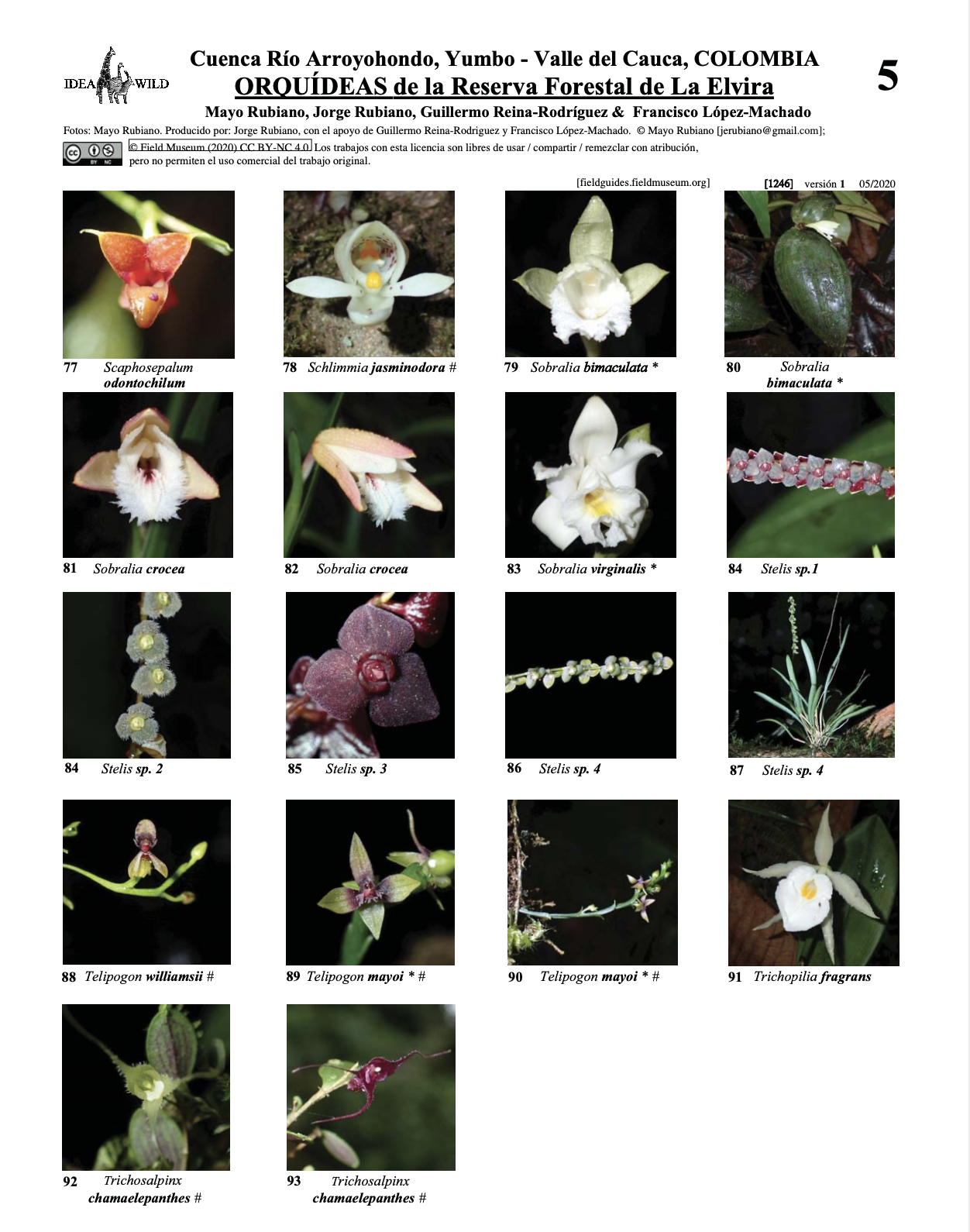
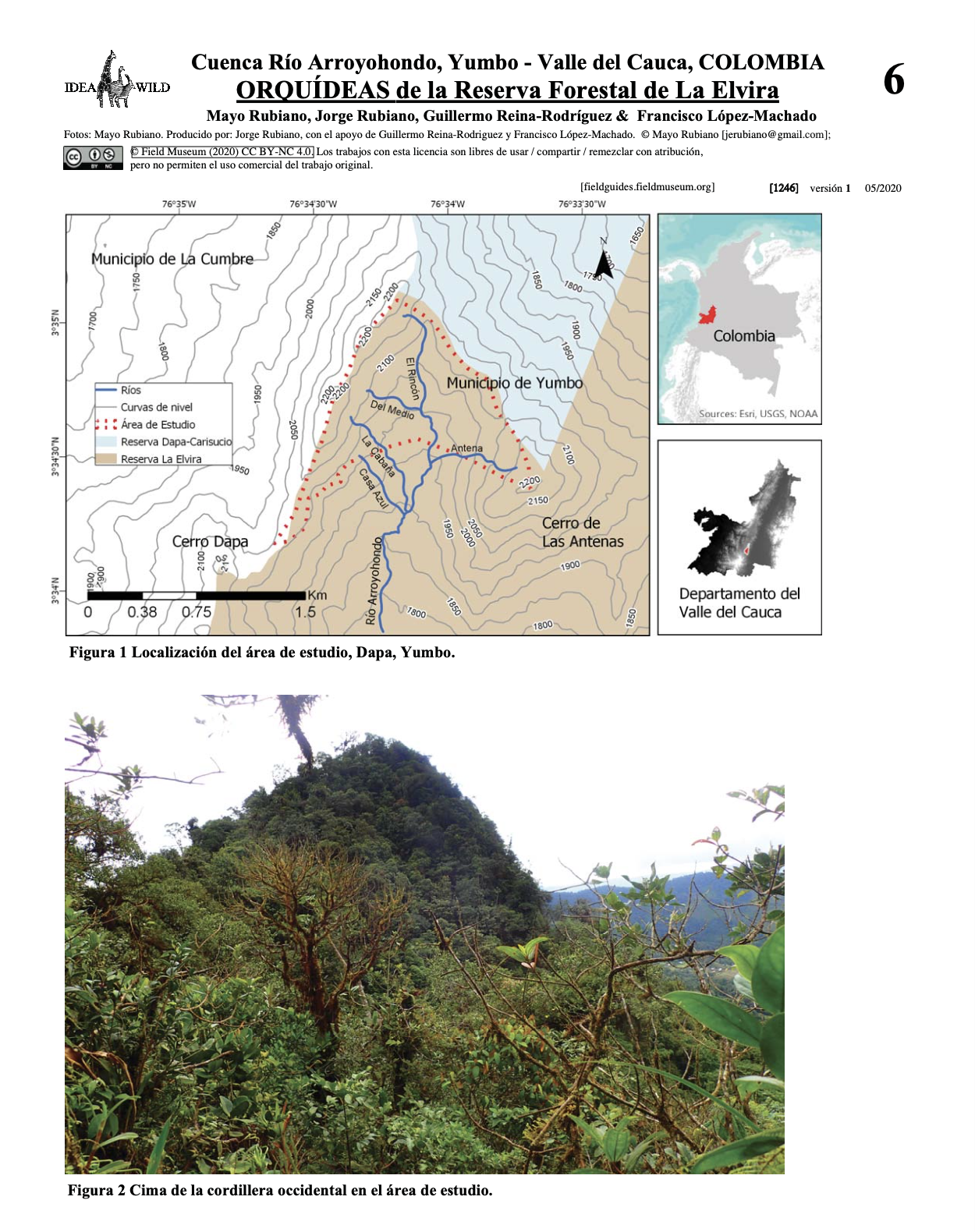
Debe estar conectado para enviar un comentario.